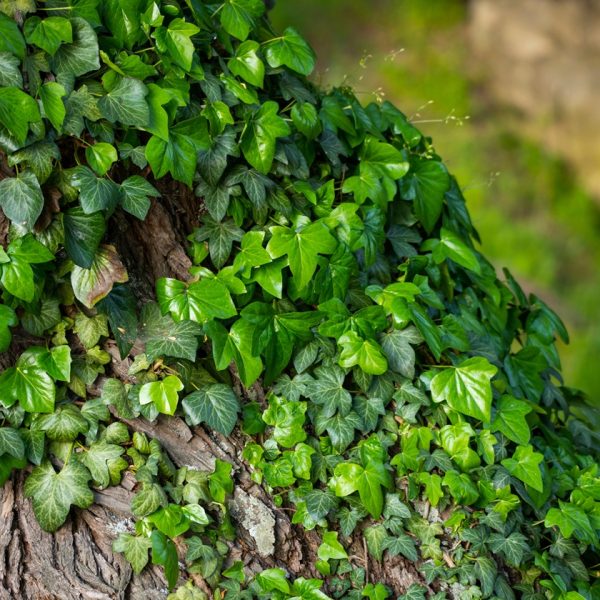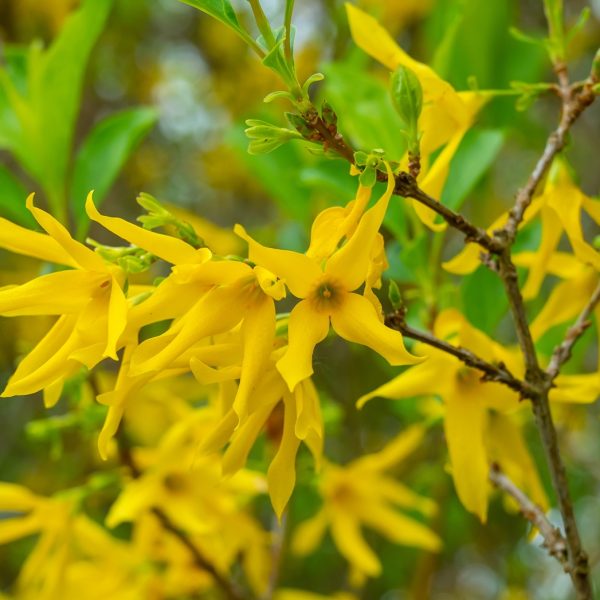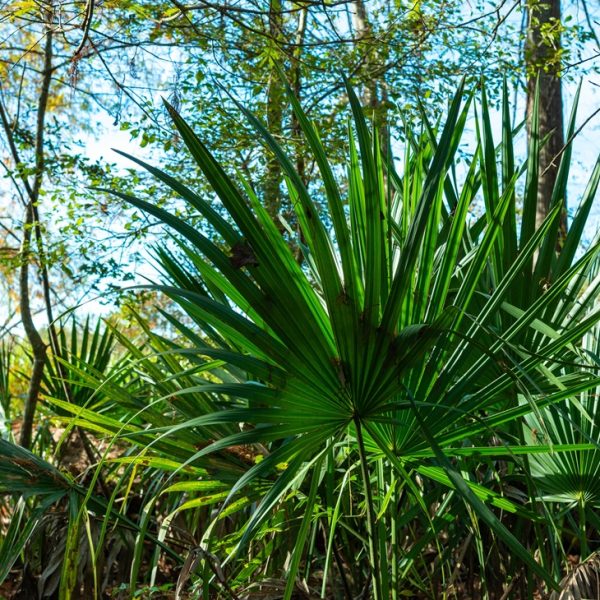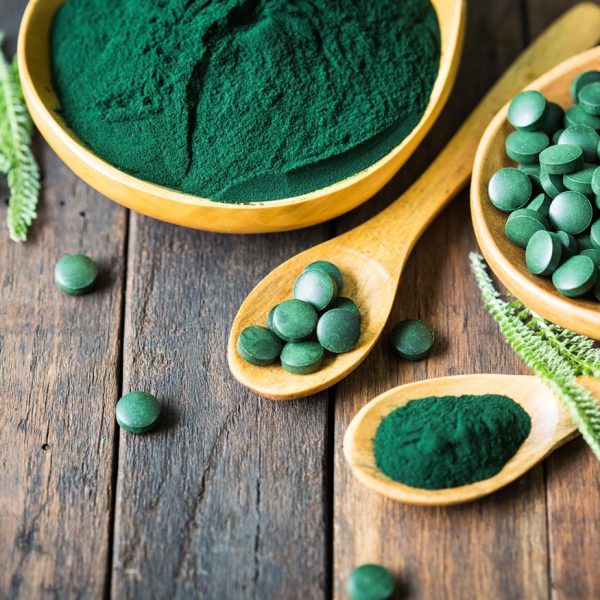The return of flora to Hades — Mo Wilde tells us of the medicinal roots, berries and bark to forage as we approach the Autumn Equinox throughout September.

September is marked by the Autumn Equinox — a lunar festival in both the Celtic calendar, as Mabon, and the druidic calendar, as Alban Elved (The Light of the Water). The Autumn Equinox, occurring around 21st September, marks the end of the six months that Demeter and Persephone have on the earth. In Greek mythology, the goddess of the harvest, Demeter, is the granddaughter of Gaia, Mother Nature herself. Her daughter Persephone was kidnapped by Hades, the king of the underworld and, only after much trauma and negotiation, now returns to her mother for six months of the year. Between the Spring to the Autumn equinoxes, with Persephone above ground, Demeter is happy and everything grows. From the Autumn equinox she is sad and everything dies. So, winter is born.
These tales are fascinating ancient ways of describing the plant energy cycle of the temperate world. As the equinox approaches, the flowering plants have dropped their seed. Their foliage goes brown and starts to die back. The energy descends down into the roots — fattening and swelling them in some cases — but, most of all, returning the power of the medicine underground. Stored in bulbs, corms, rhizomes, tubers, and tuberous roots the medicine was now ready to be dug. This was understood in old herbals. Their instructions, e.g. for comfrey (Symphytum officinale), directed a herbalist to treat with the leaf in the spring and summer, but treat with the root in autumn and winter.
Valerian (Valeriana officinalis)

Valerian (Valeriana officinalis) is a root that I harvest from September onwards, once the leaves have died back. The roots spread underground and it quickly forms large mats excluding other plants, which makes it easy to weed out any non-valerian roots. It will also carry on spreading underground to regenerate the colony. Do remember that root harvesting can kill plants so must be done with mindfulness for the ecological impact. Also, in the UK and Ireland, it is illegal to uproot a plant without the landowner’s permission.
Valerian is excellent for treating anxiety, panic attacks, fear of flying, public speaking and any occasion which needs some speedy internal calm. Although many herbal medicines are dosed at three times a day, I find valerian works really well when given at short intervals during a crisis. For example, a teaspoonful (4 ml) of a tincture at the onset, then a quarter spoon (1 ml) taken every half an hour until the crisis passes (not exceeding 15 ml in any one day), helps to shorten its duration. Valerian can be found right across the British Isles but is often not noticed until its pale pink flowers appear. My feeling is that it likes living near water — although not in wet ground — as I often notice it on coastal paths, river banks and ditch verges.
Wood avens (Geum urbanum)

Another root that I’m very fond of is wood avens (Geum urbanum). It is nicknamed herb Bennet (after St Benedict) and also clove root because the roots taste so strongly of cloves! This is due to the presence of eugenol, a taste familiar in dentist’s mouthwashes and some oral care products. It is no coincidence that chewing wood avens root will help to dial down the pain of toothache as eugenol has anaesthetic and antiseptic properties. Gently dried avens roots can be put amongst your woollens to repel moths. Culpeper considered a daily dose of infused root tea helped to ward off plagues — especially those characterised by aches and body pain. Although the roots have some flavour during the summer months, it intensifies in the autumn and over the winter keeping its flavour until around mid-March.
Wood avens can be found beside the trail through most beech woods. It has a hooked achenes on its seeds that cling to clothing, fur and feathers so it must grow along paths in order to spread, unlike plants that grow in open meadows that need the wind to travel and so produce fluffy parachutes for their seeds. Many people overlook the personal preferences of plants when they go foraging but plants often give us little clues like that!
Yew (Taxus baccata)
Thinking about the relationship between animals and plants brings to mind the yew tree (Taxus baccata). You may notice it has red berries — strictly speaking they are arils –— at this time of the year. All parts of the yew tree are highly poisonous — even a mouthful of yew clippings can kill a horse, let alone a human. Yet the pretty, tasty red arils are not although the seed inside it is. The tree has found a way not to kill the birds or animals that spread its seed. As long as the seed is not chewed or cracked, it will pass harmlessly through the gut to be deposited in a neat pile of manure.
I do not recommend foraging yew for medicine but it is worth noting that its bark taxols (from endophytic fungi that live inside it) are used to manufacture paclitaxel, a major chemotherapy drug used in the treatment of cancer.
Bramble (Rubus fructicosus)
In September, there are still many berries and mushrooms to harvest. Berries ripen earlier in the south of England in August while waiting until September in Scotland – and this all depends on what weather the summer brought! I had some blackberries recently that tasted of blackberry with caramel and ginger notes — sweet, slightly salty and definitely spicy. The neighbouring bush was very different with equally tasty berries that combine blackberry with day-old red wine from the last inch of the bottle!
While the virtues of their high vitamin C content is well known, fewer people know that blackberry bark, and especially the root bark, provides a certain cure for dysentery and diarrhoea. When cutting back the brambles I save the stout stocks and use a potato peeler to shave the bark off into manageable pieces. These are then dried and kept in a brown paper bag in my medicine box. I don’t often need them but once caught Campylobacter bacteria from some airport scrambled eggs and I can vouch for how well they work.
Guelder rose (Viburnum opulus)
At the Autumn equinox, around the 21st of September, I also harvest the bark of guelder rose (Viburnum opulus). The birds have stripped off all the sour, red berries and it is best to prune it either now — before the first frosts — or in spring once the frosts have passed. It is an ungainly shrub found in hedgerow and benefits from ‘tidying up’ which keeps the hedges compact. I peel the bark off all the clippings as ‘cramp bark’ is such a useful decoction for soft tissue cramps and pain, especially for menstrual and gut pain.
Hawthorn (Crataegus monogyna)
I am also on the hunt for hawthorn berries (Crataegus monogyna) to make hawthorn gin. Known as shan zha in Chinese medicine and used to ‘remove food stagnation’, the berries (haws) improve appetite and the digestion of fats — which is probably why hawthorn jelly, served with roast meat, was such a staple British store cupboard preserve in times past. The berries can also be used as a circulatory tonic, to lower high blood pressure and strengthen the heart, although I prefer the leaves and flowers for that purpose. The dried berries will last a year if kept in a dry, dark place.
Right at the end of September, especially if its a mast year, I’ll be looking out for beech nuts. They still press the oil from the nuts in Romania, then age it for 10 years before drinking it, in little shot glasses, as a healthful liqueur. It tastes phenomenal!
References
- Occurrence of pyrrolizidine alkaloids in food. (n.d.). Food Standards Agency. https://www.food.gov.uk/research/chemical-hazards-in-food-and-feed/occurrence-of-pyrrolizidine-alkaloids-in-food
































